How to deal with aphids on beets with folk remedies
There are many ways to deal with aphids on beets. The vegetable is easy to grow, has no special requirements for conditions and gives a good, abundant harvest. But when aphids are populated on tops and leaves, the quality and quantity of root crops deteriorates significantly, therefore, timely processing of beets must be carried out.
Content
- 1 Aphid control methods
- 2 Fighting aphids with folk remedies
- 2.1 Water
- 2.2 Aphid soap solution
- 2.3 Aphid soap and soda mixture
- 2.4 Ash infusion to fight aphids
- 2.5 Tobacco infusion against aphids on plants
- 2.6 Infusion of zest
- 2.7 Spicy herbal infusions against aphids
- 2.8 Infusion of tomato or potato tops
- 2.9 Onion infusion against aphids
- 2.10 Pine infusion
- 2.11 Sorrel against aphids
- 2.12 Flower infusions against aphids
- 2.13 Essential oils against aphids
Until the second half of July, wingless aphids bring danger, then insects with wings appear, which can already fly to neighboring crops. Eggs are laid on nearby bushes and trees. In the spring, the pests move back to the vegetable beds.
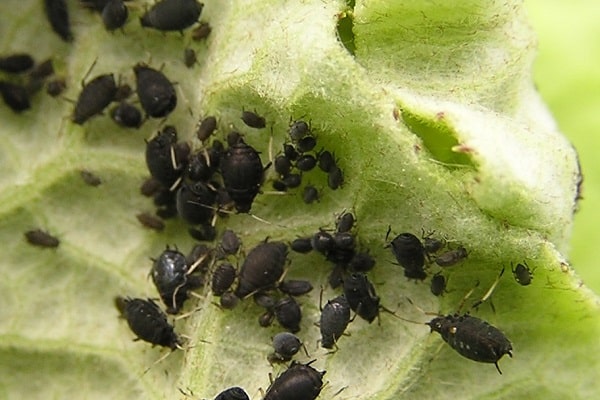
Aphid control methods
It is possible to process beets for prophylactic and therapeutic purposes with various insecticides, which are sold in special stores or with compositions made according to folk recipes.
Popular insecticides include: Aktara, Iskra, Marshal, Commander. The active substances of the formulations are absorbed by the green part of the plants and continue to act for almost 3-4 weeks.
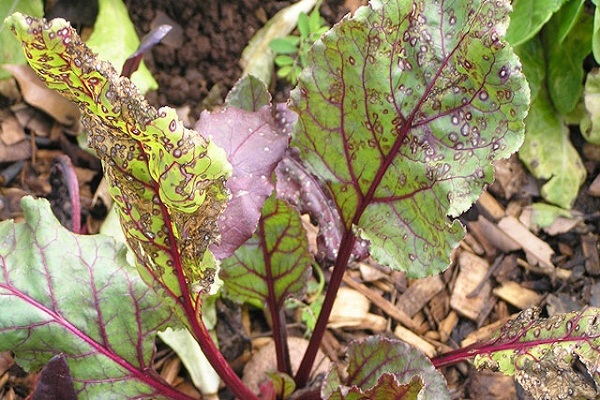
Aphids begin to actively spread in early April. A massive attack of pests can be observed at any time during the development of a vegetable crop. If the roots have already formed, then it is better to use biological products or folk recipes. You can eat root vegetables after these funds, after 6 days.
Biologics do not start to act so quickly, but they are safe. The active ingredients disappear within two weeks. For prophylactic purposes, solutions are used once a month, for therapeutic purposes, they can be used every two weeks. Means based on biologically active components include: Iskra Bio, Jaguar, Envidor, Strela.
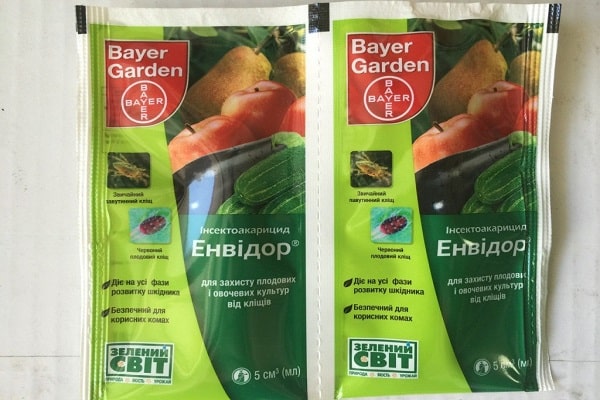
The effectiveness of drugs depends on the extent of the spread of pests, weather conditions, compliance with the rules for preparing solutions. Aphids affect not only beets, but also legumes, greens, potatoes and carrots. To destroy them, vegetable growers attract ladybirds to the site, which feed on these insects.
For prophylactic purposes, the planting material is etched, the rules of crop rotation are observed, after harvesting, they dig deep into the area and apply fertilizers. You should not plant a vegetable for several years in a row in the same place.
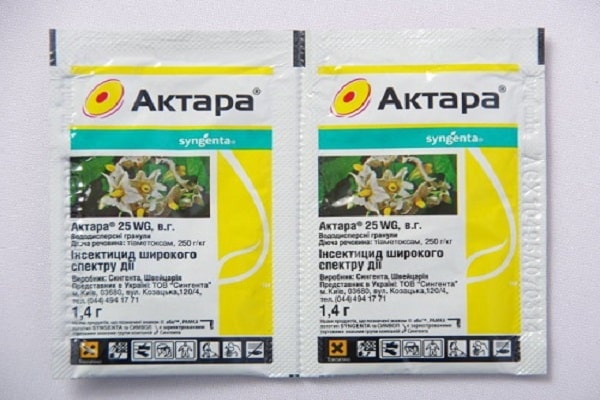
Aphids live on the inner leaf plate. It feeds on plant sap, as a result, the leaves curl, turn yellow, dry and fall off. The reproduction of the pest stops during heavy rains and cold weather.In warm summer conditions, aphids reproduce at a high rate.
Fighting aphids with folk remedies
Aphids are able to suck out juices only from young leaves and stems. It is easier for insects to pierce their skin with a proboscis. When using chemicals, the risk of damage to the culture increases, so folk remedies are used.
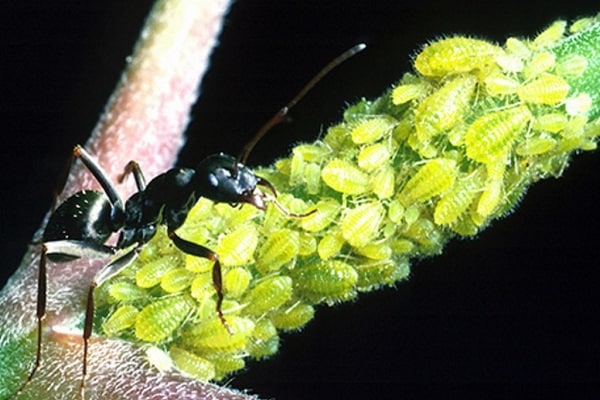
Water
The greatest infestation by pests is usually noted where there are many weeds in the garden. Weed vegetation interferes with the normal growth and development of vegetable crops, reduces its immunity, contributes to the development of diseases, which, in turn, causes the appearance of pests.
Regular water will help fight parasites, since aphids stop multiplying in a humid environment. It is better to use a hose and clean the leaves under pressure. Aphids washed away by a stream of water are eaten by ants. These methods should be used regularly.

Aphid soap solution
Soap-based folk remedies are the most effective aphid control measures. Dissolve 110 ml of liquid soap in a bucket of water. If the soap has a scent, it will attract the attention of the insects even more.
You can use laundry or tar soap. To do this, dissolve 100 g of the crushed product in a bucket of water. The soap solution can be used alone or mixed with other beneficial ingredients such as wood ash or onion hulls.
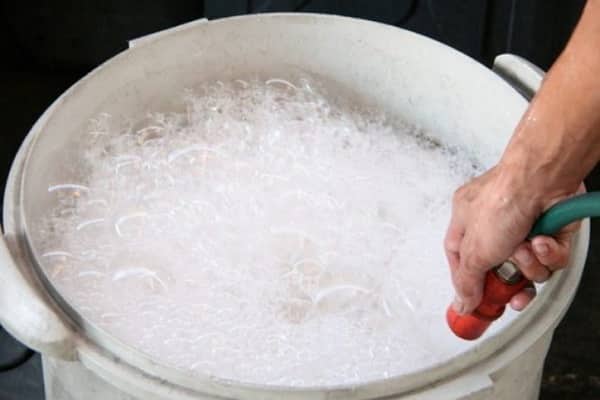
Aphid soap and soda mixture
Baking soda is a proven method of aphid control, but treatment should be carried out in a timely manner when the aphid has just appeared in the beds. Vegetables and fruits should not be treated with soda ash, as it contributes to the death of green mass.
Add 80 g of soda to 10 liters of water. In order for the solution to protect the plant from pests for a long time and not be washed off by the rain, laundry soap is added to the composition in an amount of 50 g. The solid soap must first be crushed.
Spraying is carried out only in the evening, after sunset. On a cloudy day, processing can be carried out at any time. Direct sunlight can burn the green part of the plant. Do not abuse soda formulations, as they change the composition of the soil and lead to poor development of vegetable crops.

Ash infusion to fight aphids
A well-known and affordable folk remedy for processing soil from aphids in open ground is ash infusion. In addition to getting rid of the pest, ash can enrich the soil with microelements (calcium, boron, potassium, sulfur). Heavy soils in summer cottages become light, and the acidity level decreases.
Wood ash (300 g) is sieved, poured over with water and brought to a boil. After the liquid boils, cook for another 20 minutes. The finished solution is left to infuse, after 3 hours it is filtered and diluted with water (total volume is 10 l).
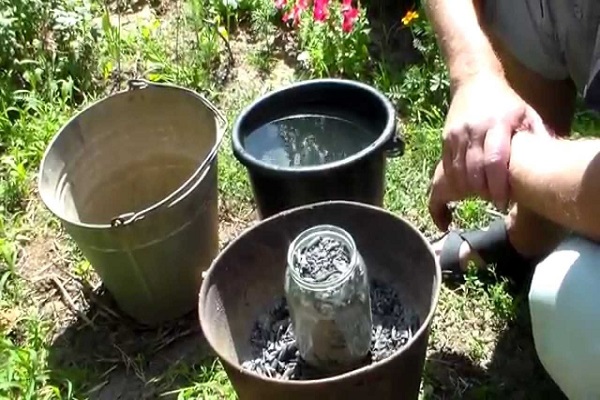
Tobacco infusion against aphids on plants
Another option for getting rid of aphids on beets is a tobacco-based formulation. When growing a vegetable, you can plant tobacco nearby, then it will scare off all pests with its smell.
You can use homework. For infusion, you can take 55 g of tobacco dust or 95 g of tobacco. The selected component is poured with one liter of warm water for three days. The finished infusion must be filtered and diluted with water. Spray the vegetable three times with an interval of three days.
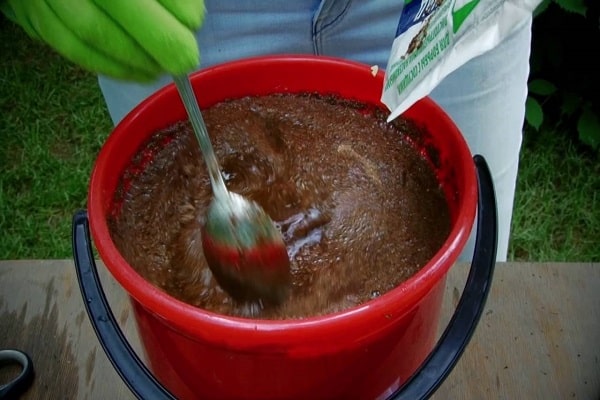
Infusion of zest
There is another proven composition than can be used to treat aphids from beets. The citrus smell is unpleasant for pests and scares them away, therefore, solutions are prepared based on the zest of citrus fruits.
You need to take 550 g of dried orange peel, pour in a liter of water and leave to infuse for a day. Then the infusion is brought to a boil and cooked for another 12 minutes. The finished solution is filtered and diluted with water. To keep the solution on the green part of the plant longer, add 25 g of soap.
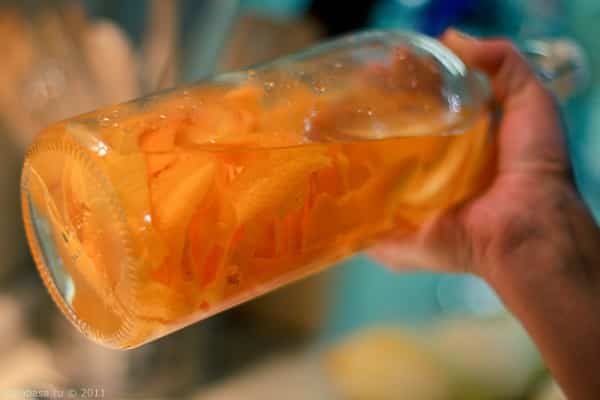
Spicy herbal infusions against aphids
Aphids cannot stand the smell and taste of spicy foods. Therefore, compositions are often prepared with the addition of garlic, horseradish, and hot pepper. With your own hands, you can prepare compositions from any of the listed components. A master class on the preparation of the composition can be found on the website pages:
- Crushed leaves and horseradish roots are poured with warm water and left to infuse for one day.
- Two pods of hot pepper are cut into rings, poured with a liter of boiling water and infused for 4 hours.
- For an infusion of garlic, you need to cut a few cloves of a spicy vegetable into small slices and pour a liter of boiling water. After the liquid has cooled, add 10 ml of liquid soap.

An infusion of celandine is considered no less useful. The stems, leaves, flowers and roots of the plant may come in handy. The collected parts of the plant are chopped into small pieces and filled with water (you need to take 3.5 kg of the plant for a bucket of water). The composition is insisted for three hours, moving to a warm, dark place.
Infusion of tomato or potato tops
Effectively spraying vegetable beds with infusion of potato tops or tomatoes. These infusions are recommended to repel many parasites.
For infusion, tops, stepsons and leaves of tomatoes or potatoes can be useful. It will take about 2 kg of greens, which are poured with boiling water and insisted for 4 hours. You can pour warm water and bring the liquid to a boil, then leave to cook for another 25 minutes. The resulting mixture is cooled and 25 ml of liquid soap is added.
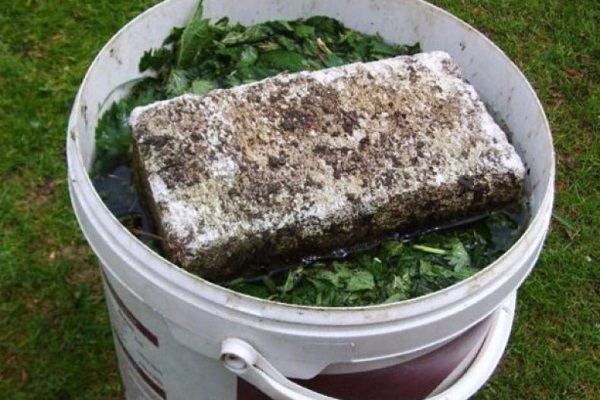
Onion infusion against aphids
Onion infusion is considered a useful fertilizer and an excellent remedy for aphids on beet leaves. In folk recipes, several options for preparing the infusion are described.
It is necessary to pour the onion husks with hot water for two days, then strain. It is advisable to add soap to the finished onion solution so that the product does not wash off with rain. Before use, the composition is again diluted with water.

In the evening, pour 250 g of onion husks with a bucket of warm water and leave overnight. In the morning, the composition is filtered and the beet beds are sprayed undiluted.
To prepare the next solution, you will need a lot of onion heads (about 25 pieces), which are finely chopped, poured with a liter of water and left for 5 hours. Add a few grams of soap before use. The finished solution must be filtered and diluted with water.
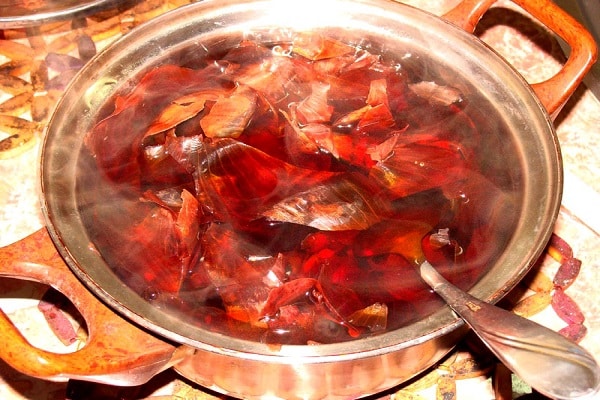
Pine infusion
When black dots (aphids) appear on the inside of the leaf or beet stalk, it is recommended to use coniferous infusions. The smell of pine needles repels not only aphids, but also other pests.
For a week in a dark place, 2 kg of pine needles should be insisted in 10 liters of water. Stir the composition periodically. After that, the solution is filtered, and diluted with water before use.

Sorrel against aphids
Pests from beets can be washed off with horse sorrel infusion. It will take 350 g of sorrel, pour a bucket of hot water and leave to infuse for 4 hours. Then you can start spraying the vegetable beds.

Flower infusions against aphids
Seedlings of some flowers can repel aphids and other pests. It is useful to plant flowers such as chamomile, lavender, tansy, nasturtium, petunia, marigold next to beets.
To prepare a chamomile solution, it is necessary to pour 120 g of any part of the plant with boiled water in an amount of one liter. Leave to infuse for 11 hours. Then add 10 g of soap shavings. Dilute with water before use.
Dandelion roots and aphids will help to cope with it. You will need to take 350 g of leaves and 180 g of roots of a flowering plant, pour 10 liters of water and leave to infuse for 3.5 hours.
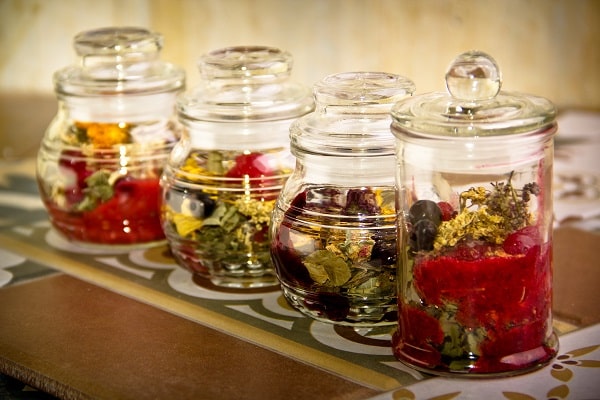
Essential oils against aphids
Red beets treated against aphids with solutions based on essential oils will be protected from pests for a long time.
In 110 g of cream, 12 drops of essential oils are dissolved. You can choose lavender, thyme, tea tree and cedar.The resulting mixture is diluted with 500 ml of water. The resulting composition is recommended to spray beets in the morning and evening hours for three days.
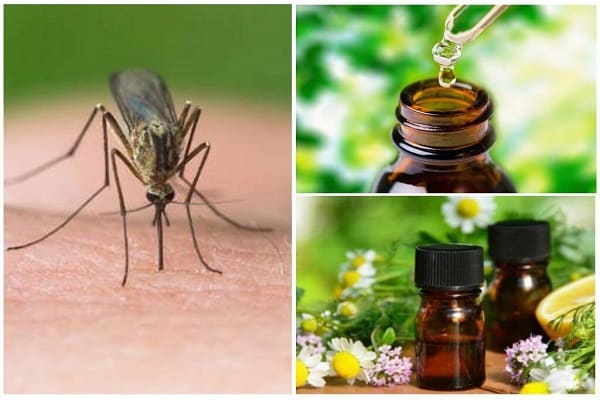
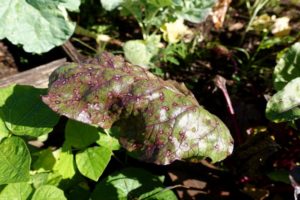

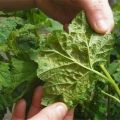

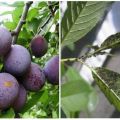



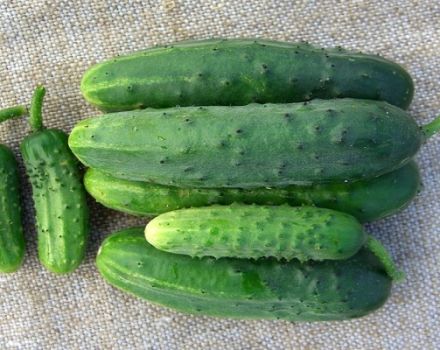

Literally every year there are problems with this parasite, which only means I have not used. If the problem arises this year, I will try to use a soap and soda solution.